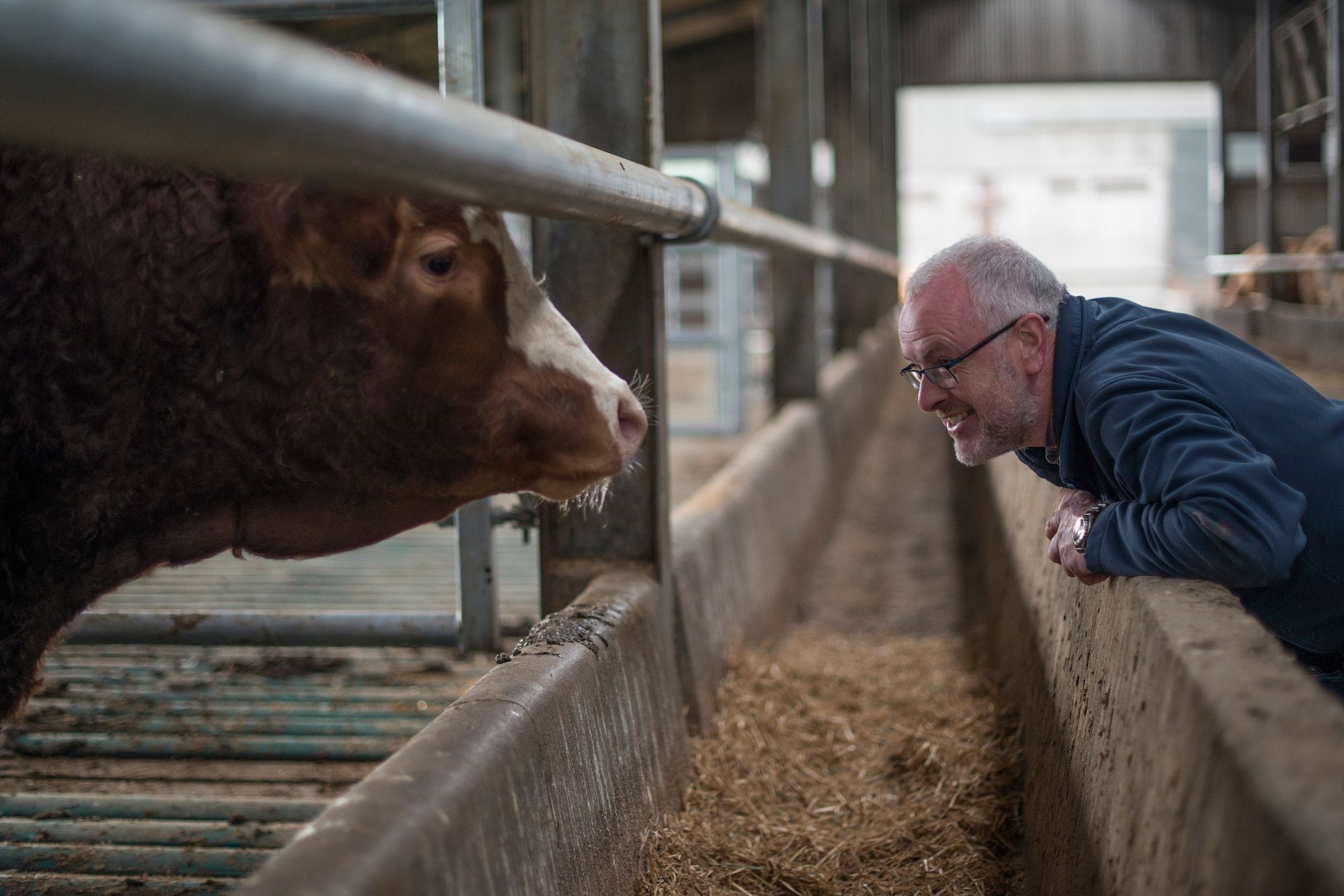Real Fish. Fake Fish: How to Spot the Real Thing
The next time you order classic British fish and chips, can you be certain that your heaping portion of fresh white fish is really cod when it is battered, bread-crumbed and fried?
Substituting lower-cost fish for the higher-cost, sustainable white fish is a type of seafood fraud that is increasingly common around the world. As consumers shopping at the fresh fish counter of our grocery stores, or dining out, we sometimes have little or no information about where the seafood is from and the information on the seafood labels is sometimes misleading or fraudulent, according to Tom White, Global Seafood Business Lead for NSF.
“What happens is that a lower-cost fish such as a tilapia might be labeled as a higher-value fish such as grouper,” says Tom. “Because some types of seafood are supposed to be screened for toxins or allergens, mislabeling can be harmful. Fish fraud is most common in restaurants because it’s easier to disguise mislabeled fish on a plate and there’s less red tape surrounding the seafood’s journey to your table.”
Tom oversees NSF’s seafood certification and product evaluation operations, which include the company's seafood HQ located at the Port of Everett, Wash. as well as offices in Korea, China, southeast Asia, India, Latin and South America, the U.S. East Coast and, through the recent acquisition of Global Trust Certification Limited, Ireland.
"Fish fraud is most common in restaurants because it’s easier to disguise mislabeled fish on a plate and there’s less red tape surrounding the seafood’s journey to your table."
Seafood fraud has been making headlines for years, but came into the spotlight again recently when UK researchers revealed that almost 36% of seafood products are mislabeled, suggesting “seafood fraud on a vast global level.” The new Guardian Seascape analysis of 44 studies of more than 9,000 samples also found that there’s a 50% chance you aren’t getting what you ordered when you order pike, perch, sole, and bluefin and yellowfin tuna.
What Is Seafood Fraud and How Does It Happen?
The three main types of seafood fraud are:
- Substitution: In this “bait and switch,” sellers count on you not being able to recognize a type of fish – especially if it is sold skinless and filleted – and swap a cheaper product for an expensive one; for example, passing off Alaskan pollock as walleye. While this is a serious fraud, it’s quite common.
- Mislabeling: This occurs when traits other than the species, such as country of origin, are misrepresented on a label to avoid regulations and fees or to bring illegally caught seafood into the marketplace.
- Short weighting: This is by far the most common type of seafood fraud, and it occurs when sellers add extra weight to a product, usually through over-glazing or soaking. A layer of ice or preservative is a common and legal practice to help keep seafood fresh, but too much ice means you are paying for water, not seafood.
The Importance of DNA Testing for Fish Fraud
“The only way to determine substitution fraud is by DNA analysis,” says Tom. “At our seafood operations around the world, we take DNA samples and match them with FDA databases to help seafood suppliers and processors feel confident that the species they’re listing on the label is the species in the package.”
Being able to prove that what is on the label is what lets you know if you are getting the real thing, he adds.
So, how can you make sure you are not getting fake fish? Here, Tom gives three tips:
- Just ask. When you are at the seafood counter, ask questions. Don’t be afraid or embarrassed to ask “Where did this fish come from? When did it arrive? Can I see the label on the package it came in?” They should certainly be able to show you, and help you understand what it says about the species and the country of origin. Remember that the person behind the counter may not be an expert either, so it pays to be as educated as possible.
- Check the label. Listing the seafood’s species and country of origin is mandatory for non-value-added products (seafood without any type of breading, marinade or smoking) sold from a counter. Stores labels must say that a fish is cod, for example, and that it is a product of the USA, China, etc. Tom says, “If it does not, then I would be overly cautious about that product, and I certainly wouldn’t buy it without asking ‘What country is this product coming from?’”
- Look for recent inspections. When it comes to short weighting, your state’s weights and measures inspectors are looking out for you. A heavy glaze of ice on Alaskan king crab legs may make them look crisp and appealing, but if retailers don’t account for the added weight of that ice, they risk heavy fines if an inspector determines there’s too much non-seafood weight in a product. For prepackaged or frozen seafood, let the label be your guide. Tom says, “We do not expect everyone to be a seafood expert, but we work so they can rely on the labeling to say ‘OK, this label tells me what I’m buying.’ For most companies, quality and accuracy are especially important; they want to deliver a product that pleases you and encourages you to buy it again.”
But the bottom line is this: “The management is required to label that product accurately, whether it’s in the glass case or on the packaging, and that’s what we do at NSF -- make sure that labeling is correct and accurate,” says Tom.
Sign Up for Tips for Better Living
Stay up to date with what matters most to you and your family.
Sources:
www.theguardian.com/environment/2021/mar/15/revealed-seafood-happening-on-a-vast-global-scale
How NSF Can Help You
Get in touch to find out how we can help you and your business thrive.

What’s New with NSF

Michigan’s “Filter First” Law: A Guide for Schools and Childcare Centers
April 23, 2024
Healthy People Living on a Healthy Planet: The Future We’re Working For
April 4, 2024
American Meat and Egg Distributors Now California-Ready with NSF’s Prop 12 Certification
April 3, 2024